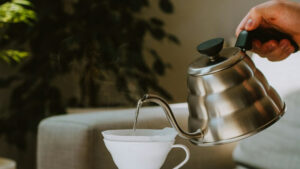
Which Type Of Materials Can You Use To DIY Your Travel Kettle?
Every travel kettle is a potential canvas waiting to be transformed into a piece that not only brews your favorite drinks but also showcases your

Every bollitore da viaggio enthusiast knows the disappointment of finding mold in their portable companion. It’s not just about the unsightly spots; it’s the health risks that come with it.
In this blog, we’ll dive into the essential tips to keep your kettle in pristine condition, ensuring your adventures are fueled by clean, safe water.
Before we can tackle prevention, it’s crucial to understand why mold targets your bollitore da viaggio.
Mold thrives in warm, moist environments—conditions that kettles often provide, especially after a cozy tea session in a cool location. Knowing the enemy is the first step to victory.
Mold isn’t picky, but it does favor the cozy, damp recesses of your travel kettle. This section will shed light on the perfect storm that makes your kettle a mold haven: residual moisture, limited airflow, and dark storage spaces.
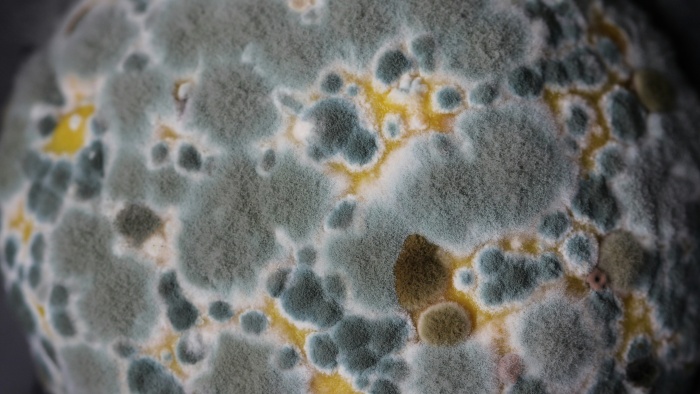
Even a small amount of leftover water can create an environment where mold feels right at home.
Without proper airflow, this moisture has nowhere to go, and darkness only adds to the problem, making your kettle an ideal breeding ground for mold and bacteria.
Understanding these conditions is crucial for preventing mold growth and ensuring your kettle remains clean and safe for use.
Not all kettles are created equal. The material of your travel kettle—be it plastic, stainless steel, or glass—can affect mold growth.
Here, we’ll explore how different materials interact with mold and what you can do to mitigate risks.
For instance, plastic kettles may retain odors and stains more readily, which can contribute to mold growth if not properly cleaned.
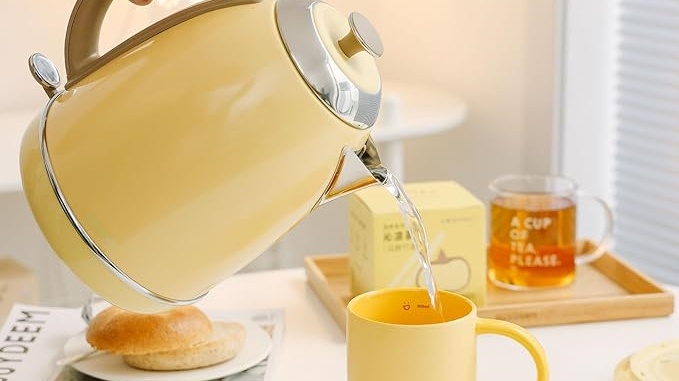
Stainless steel, on the other hand, is less porous and more resistant to mold, but it still requires regular maintenance.
Glass is easy to inspect for cleanliness but can be fragile. Each material has its pros and cons, and knowing them will help you choose the best cleaning methods and preventive practices for your kettle.
A perfect environment for mold is your travel kettle’s worst enemy.
Learn how to disrupt mold’s paradise by controlling humidity and temperature around your kettle, thus keeping it safe and sanitary.
Mold thrives in temperatures between 60 and 80 degrees Fahrenheit and in high humidity levels.
By ensuring your kettle is stored in a cooler, drier place, you can significantly reduce the chances of mold growth.
Additionally, regular use and heating of water in the kettle can help keep the internal environment too harsh for mold to survive, effectively killing any spores that may have started to grow.
Prevention is always better than cure, especially when it comes to your travel kettle. By adopting simple habits, you can ensure your kettle remains a mold-free zone. Let’s look at the key steps to achieve this goal.
The cornerstone of mold prevention lies in proper cleaning and thorough drying of your travel kettle. This segment will guide you through the best practices for cleaning, from the choice of detergent to the art of air-drying.
Use warm, soapy water and a soft brush or cloth to gently clean the inside and outside of the kettle. Pay special attention to the spout and lid, where mold is more likely to hide.
After washing, rinse your kettle thoroughly with clean water to remove any soap residue.
The most critical step is drying; ensure your kettle is completely dry before storing it. Leaving the lid off to allow air circulation can help speed up the drying process.
Consistency is key. Setting a regular cleaning schedule for your travel kettle not only keeps mold at bay but also extends the life of your kettle.
Discover how often you should clean your kettle based on usage and water quality. For daily users, thorough cleaning once a week is advisable. If you use your kettle less frequently, a deep clean every few uses should suffice.
However, if you’re in an area with hard water, more frequent descaling may be necessary to prevent mineral buildup, which can also contribute to mold growth by providing more surfaces for spores to adhere to.
Storing your travel kettle correctly can significantly reduce the risk of mold growth.
This advice will cover the best practices for storing your kettle, emphasizing ventilation and moisture control.
After ensuring your kettle is completely dry, store it in a cool, dry place away from direct sunlight.
If possible, store it with the lid off to prevent any trapped moisture from creating a mold-friendly environment. Avoid storing your kettle in cabinets or areas with poor ventilation, as these can become humid and promote mold growth.
For those who prefer a greener cleaning approach, natural cleaners can be highly effective against mold in your travel kettle without harsh chemicals. Let’s explore how to incorporate these into your cleaning routine.
Natural cleaners like vinegar and baking soda are not only eco-friendly but also powerful mold adversaries. Learn how to use these pantry staples to keep your travel kettle sparkling clean and safe.
A mixture of equal parts water and white vinegar can be used to descale and disinfect the kettle. Fill the kettle with this solution, boil it, then let it sit for at least 30 minutes before rinsing thoroughly.
For stubborn stains or odors, a paste made from baking soda and water can be applied directly to the affected areas, left to sit for a few minutes, and then scrubbed gently before rinsing.
Regular inspection of your travel kettle can catch mold growth before it becomes a problem. This section will teach you what to look for and how to maintain your kettle to prevent mold and extend its usability.
Check for signs of mold or mildew, especially in hard-to-see areas like under the lid and around the seal. Also, look for mineral deposits or scaling, which can indicate a need for descaling.
Keeping the kettle clean and dry, performing regular inspections, and addressing any issues promptly can greatly extend the life of your kettle and ensure it remains safe for use.
Sometimes, despite our best efforts, a travel kettle may be beyond salvage. We’ll discuss the signs that indicate it’s time for a new kettle, prioritizing your health and safety.
If you notice persistent mold that can’t be cleaned, a foul odor that doesn’t go away after cleaning, or if the kettle is damaged in a way that makes thorough cleaning impossible, it may be time to consider a replacement.
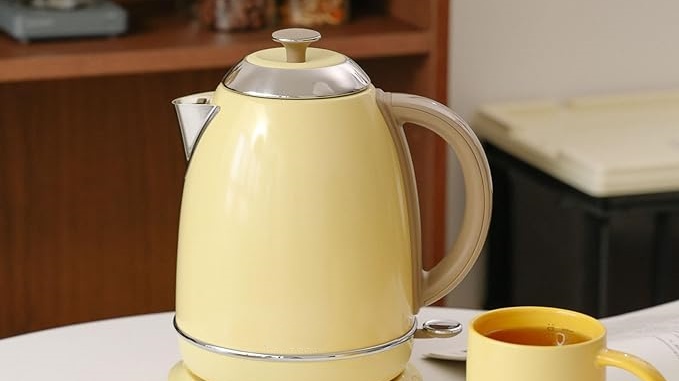
A new kettle can be a worthwhile investment in your health and well-being, ensuring you always have access to safe, clean water during your travels.
In conclusion, keeping your bollitore da viaggio mold-free is not just about cleanliness; it’s about ensuring the health and safety of your drinks wherever you go.
By understanding the causes of mold growth and implementing these preventive measures, you can enjoy your travels without the worry of unhealthy contaminants.
Remember, a clean kettle is the foundation of a healthy journey, and taking the time to maintain it can make all the difference in your travel experience.


Every travel kettle is a potential canvas waiting to be transformed into a piece that not only brews your favorite drinks but also showcases your
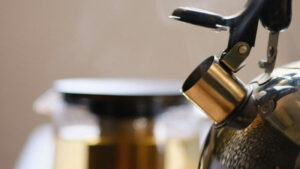
When you think of customizing your travel tea kettle, the idea of adding LED lights probably isn’t the first thing that comes to mind. However,
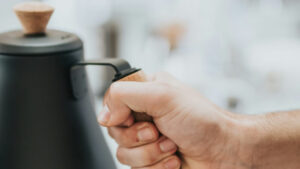
Every travel kettle enthusiast knows the pain of a lukewarm cup of tea or coffee. It’s like expecting a hug and getting a handshake. But

There’s something uniquely comforting about enjoying a hot cup of tea while on the road, but keeping your travel tea kettle warm and protected can

Every travel kettle is a potential canvas waiting to be transformed into a piece that not only brews your favorite drinks but also showcases your
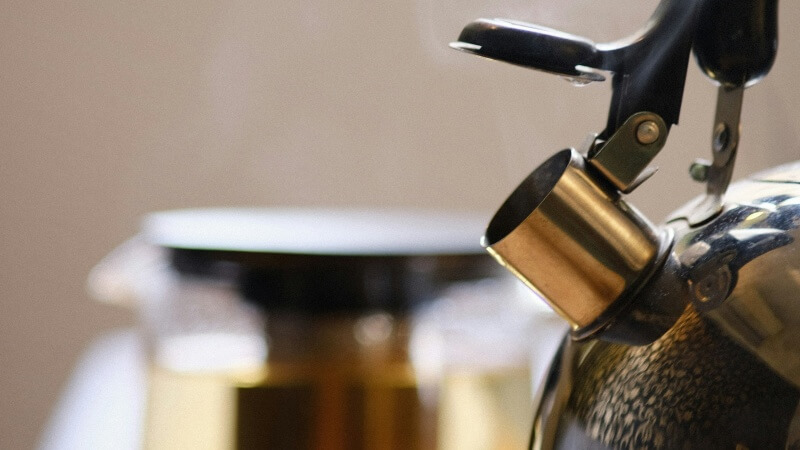
When you think of customizing your travel tea kettle, the idea of adding LED lights probably isn’t the first thing that comes to mind. However,

Every travel kettle enthusiast knows the pain of a lukewarm cup of tea or coffee. It’s like expecting a hug and getting a handshake. But

There’s something uniquely comforting about enjoying a hot cup of tea while on the road, but keeping your travel tea kettle warm and protected can
Copyright © 2024 brewgotravelkettle. All Rights Reserved.